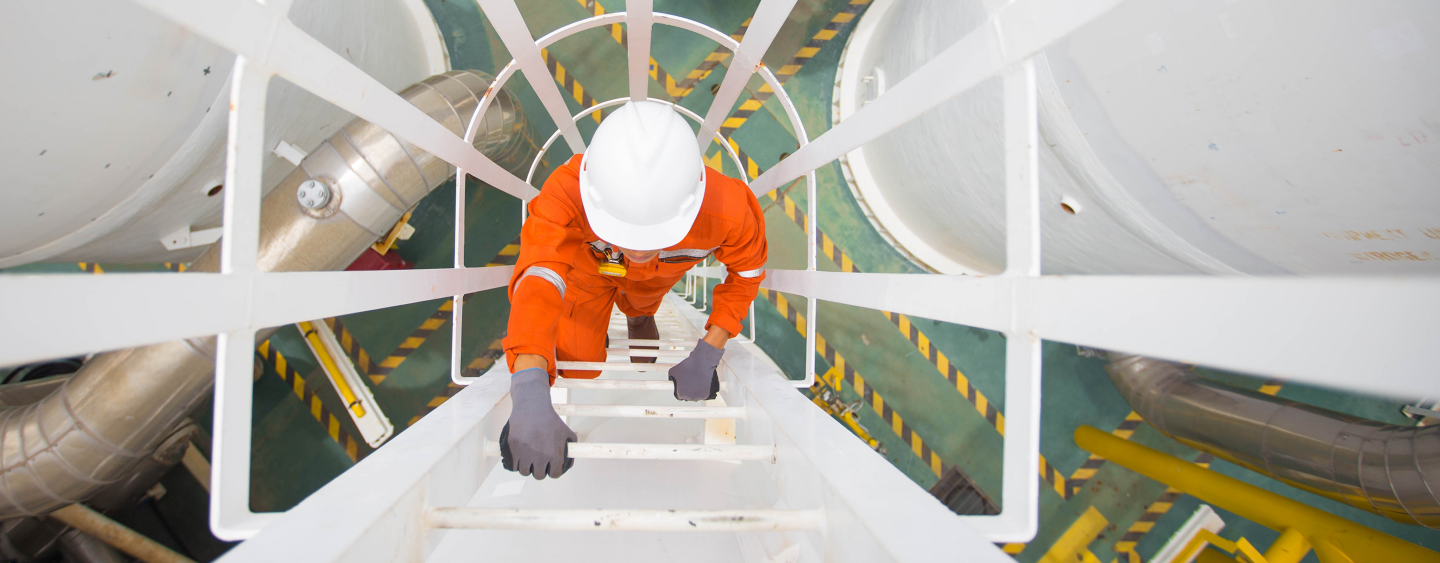Asset-intensive industries seek to eliminate downtime caused by failing assets.
Not only can improving reliability provide higher confidence in long-term asset function and productivity but it also aids in reducing the risk of incidents.
Here’s how...
Maintenance is essential in asset-intensive industries. Every day, field crews and operators are working on and inspecting assets in order to preserve the value and function of an asset as long as possible.
Let’s use wind producers as an example to illustrate this point.
Each individual turbine has many component parts, many of them in motion, and all of them at risk of breaking down and causing costly downtime. Even one small, overlooked item can cause downtime. Or consider the typical distribution substation with its transformers, circuit breakers, insulators, capacitor banks, and more. Maintenance crews are regularly tasked with periodic, planned inspections of the parts or called in to replace switchgear or ancillary equipment.
At the same time, utility workers face great safety risks, “the utility sector is at higher risk for serious injuries and fatalities (SIF) than other industries, such as construction, manufacturing and mining,” according to workplace safety consultancy DEKRA Organisational Safety & Reliability. In fact, across electric, gas and water sectors, utilities had a 32% exposure rate, which was seven points above the 25% all-industry SIF rate.
The two top causes of exposure?
Motor vehicle incidents (30%) or “line of fire” or “struck by” incidents (28%). Both of these can be avoided with procedures that reduce the need for in-person contact with utility assets.
Every company strives for zero harm and collaborative asset intelligence can facilitate the improved reliability to reduce maintenance needs.
Preventing safety incidents with asset intelligence
A single part failure could be a small, easy fix or it could lead to a catastrophic incident.
When maintenance has to be done at the spur of the moment, it is often more costly. The right materials and other resources may not be available and the appropriately skilled people may be somewhere else entirely. The fix must wait for the appropriate equipment to reach the worksite. This increases the risk for further damage and negative impact on safety.
Looking at maintenance efforts in conjunction with reliability, and thinking proactively, with collaborative asset intelligence can help with long-term planning and budgeting. With improved digital insights into the assets supporting standardised maintenance and safety performance, the company can minimize:
- Lost production time
- Reinvesting in equipment because of lack of adequate maintenance
- Investments in asset maintenance that aren’t worthwhile when balancing asset health versus performance and costs
- Injury to workers
- Legal consequences or reputation damages
With collaborative asset intelligence, the company can benchmark maintenance needs and reliability requirements to drive action. Planners can weigh criticality and priority against resource availability, asset life, scope of work, timeline estimates and more. Then, instead of doing maintenance following a calendar or asset specifications alone, the utility can incorporate predictive maintenance.
Along with avoiding corrective maintenance, this approach can lead to fewer repairs overall. Thus, diligence in planning for asset reliability can protect not only the workers but also the asset’s overall health. More importantly, this can be tailored to suit the company’s business objectives and to support business decisions into the future.
Supporting procedure standardisation
Collaborative asset intelligence also combats another common factor in safety incidents — lack of discipline. A common factor in safety incidents is that workers grow complacent. They are so familiar with the asset equipment they might overlook the hazards or overconfidently shortcut best practices.
With Lumada solutions providing collaborative asset intelligence, every department gets the information it needs to do its best work.
With access to work orders, manufacturer specifications, safety instructions (checklists), asset history, and other data inputs available throughout the organisation, the company’s people can take more ownership of how work is done and what is happening.
Field crews, for instance, may be focused on using equipment to get their daily task done efficiently. They aren’t thinking how their activities can promote or hinder reliability. Emphasising the corollary safety benefit of prioritising reliability can help.
Maintenance isn’t the only factor in reliability of course. In fact, data suggests “maintenance typically only controls some 10% of the loss of production capacity.” Nonetheless, the connection is clear. Collaborative asset intelligence is fundamental to an integrated approach to safety and reliability.
We will talk more about key indicators and proper planning in the other blogs in this series. In the meantime, I hope this article gets you thinking about how standardising processes can improve productivity, increase reliability, and minimise time lost to safety incidents to further enhance brand reputation and customer satisfaction.
